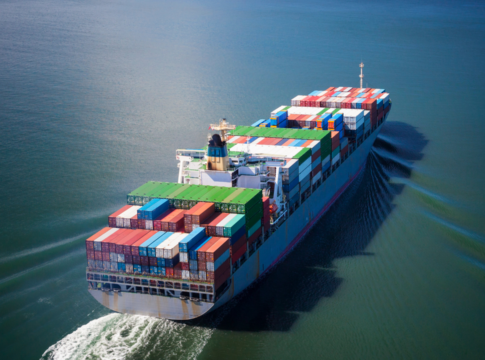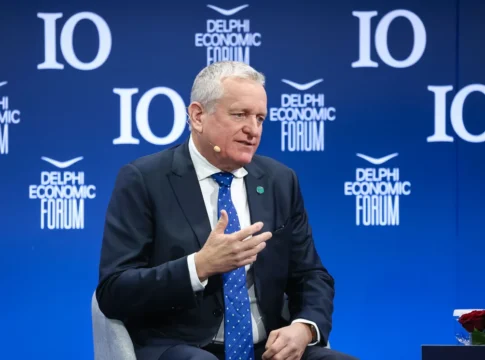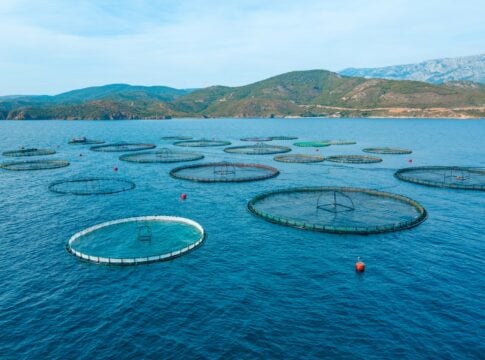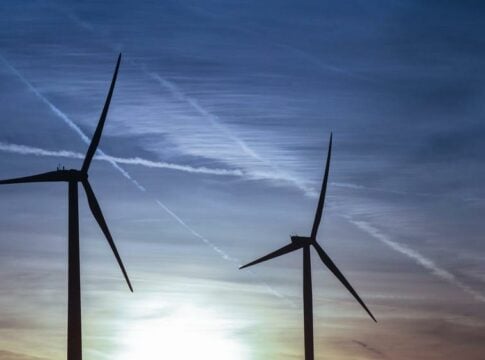NYSE-listed shipping company Safe Bulkers reported strong revenue and earnings despite a weak dry bulk market environment and geopolitical developments.
“We have earned high charter rates for our environmentally upgraded vessels and we are benefiting from time charters, despite the weakening market during the fourth quarter of 2024,” said Dr. Loukas Barbaris, president of Safe Bulkers.
He added that in this environment, the company maintained a strong capital structure, distributing a cash dividend of 0.05 dollars per common share.
In November 2024, the company approved a program under which it could purchase up to 5,000,000 common shares in the future. In the event that the maximum number of shares is purchased in accordance with the aforementioned program, it will represent approximately 4.7% of the company’s outstanding shares and 8.7% of its public share capital.
Revenue and Profits
On an annual basis, Safe Bulkers’ revenue amounted to 307.6 million dollars in 2024 compared to 284.4 million in 2023. For the same period, its profits amounted to 97.4 million dollars from 77.4 million in 2023.
Vessel operating expenses increased by 9%, to 21.3 million dollars in the fourth quarter of 2024, compared to 19.6 million in the same period in 2023. The increase in expenses was attributed to the increase in spare parts, the cost of which amounted to 2.6 million for the fourth quarter of 2024, compared to 1.4 million dollars in the same period in 2023. Also, in the fourth quarter of 2024, crew salaries and expenses increased to 10.4 million, compared to 10.0 million in the same period in 2023.
The company continued its environmental upgrade program for its existing fleet, with low-friction paints and energy-saving devices aimed at increasing energy efficiency and lower fuel consumption, and by extension reducing greenhouse gas emissions.














